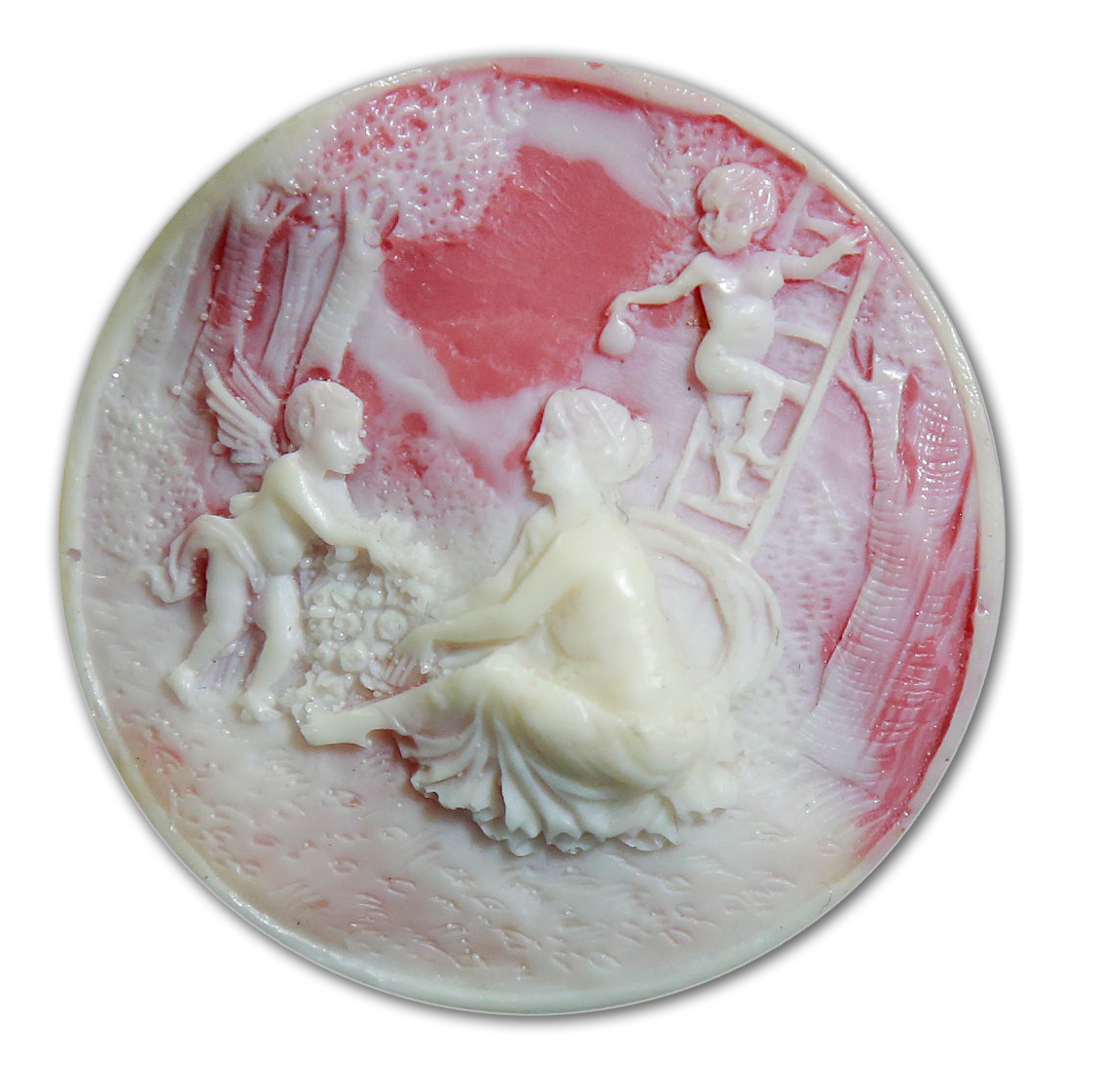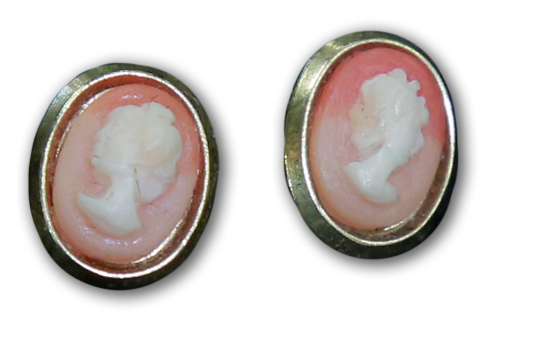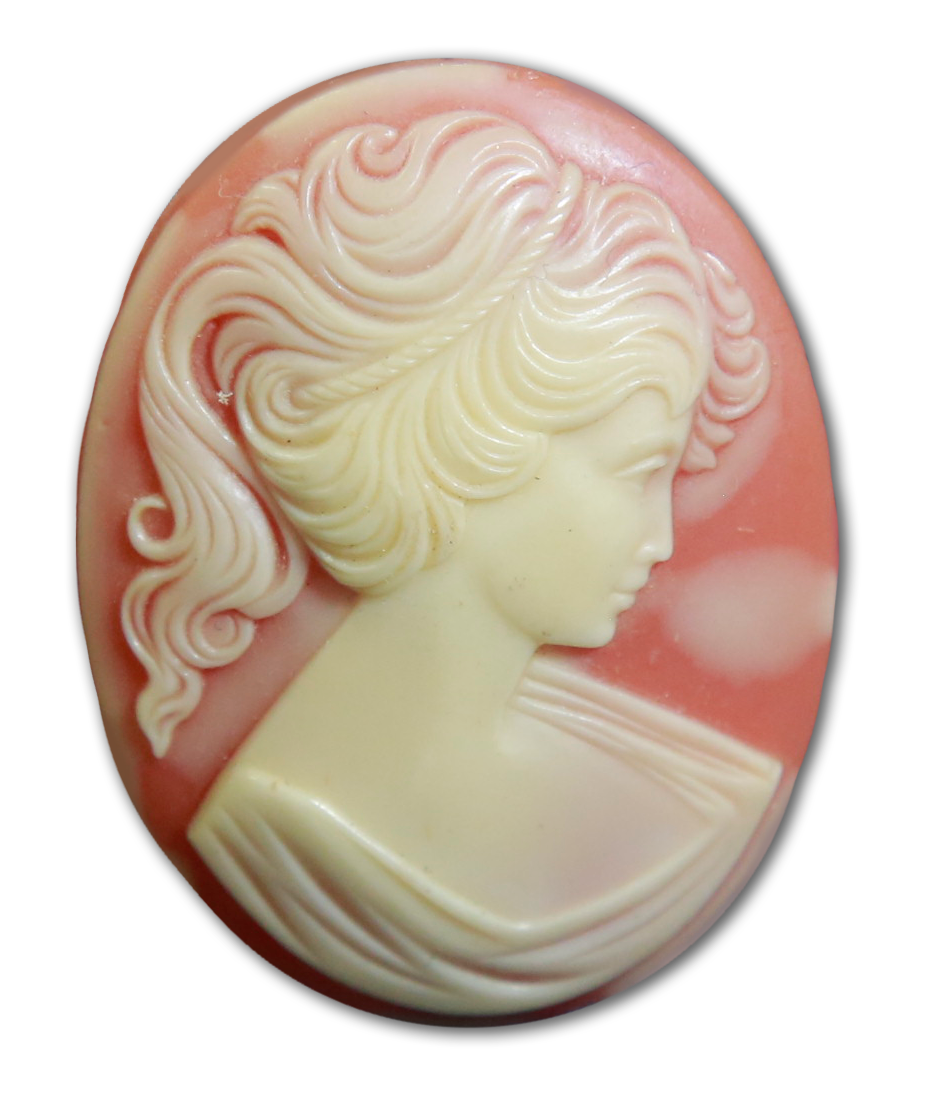Can Old Cameos be the New Collectible?
When we think of cameos, we think of them pinned on the high neckline of a Victorian woman’s dress. But cameos have not always been decorative jewelry for women. They did not first appear in Victorian era fashion, either.
So when did cameos appear on the scene?
Cameo jewelry has been around for centuries and early examples have been found dating back to the 3rd century BC. Egypt is known as the birthplace for cameos, thanks to Alexander the Great. They were the jewelry of choice for men only and were carved for rings as seals and to adorn helmets, breastplates and sword handles as good luck charms in battle. The ancient Arabic word ‘Khamea” means amulet and folklore credits cameos with bringing health and good fortune.
Cameos were first carved from hard stones such as chalcedony, onyx, lava stone, amethyst or lapis. The carving style was done in “intaglio” – meaning carved into the stone or “glyptic”-where the background was carved away. Themes usually covered mythological gods and goddesses, or military victories or heroes and emperors. The popularity of shell cameos began in the 1800’s. That is when beautiful profiles became a popular subject.
Can a cameo bring you good fortune?
Well, we’d like to think so. In today’s market, Victorian cameos are not so expensive to acquire (that means, they are affordable if you’re interested in building a collection), and fairly easy to find. That won’t always be the case, and who knows where the value can go? But you don’t have to look at cameos as strictly an affordable collectible investment; they make attractive jewelry that can be a unique and unusual accent piece, too. And they won’t cost an arm and a leg! At Past and Present Home Gallery, you may find a variety of antique and reproduction cameos displayed throughout the store.
How can you determine if a cameo is authentic?
Mass production processes of the twentieth century flooded the marketplace with reproduction cameos, and some can very closely resemble an antique. Experts point to a few tips you can use to see if your cameo is a hand-carved treasure or a mass-produced replica.
You might be able to see through the cameo, and make out the outline of the design. Some fine cracks or crazing should be visible with a light source. Very fine markings or indentations from carving tools often indicate the piece is carved out of shell. Hand-carved shell cameos also have much more variety to them than their plastic counterparts.
Past and Present Home Gallery, the antique store with character… and cameos, too!
Whether you are hunting for a small collectible item such as a cameo, or a large antique such as a roll-top desk, you can probably find it, tucked somewhere in our 15,000 square feet of display space. If you don’t see it, just ask one of our helpful crew. And who knows? Maybe you’ll discover a treasure you didn’t even know existed! Bring a friend and spend a fun day shopping at Past and Present Home Gallery, in the heart of historic downtown Alexandria, Minnesota.







